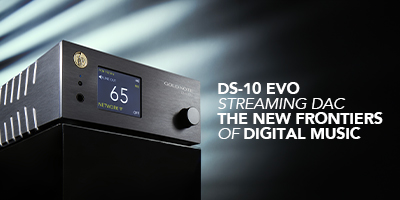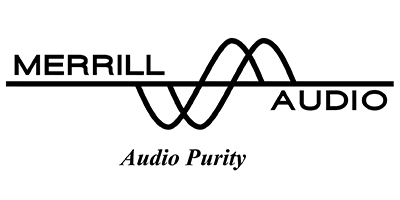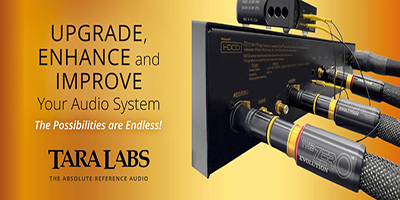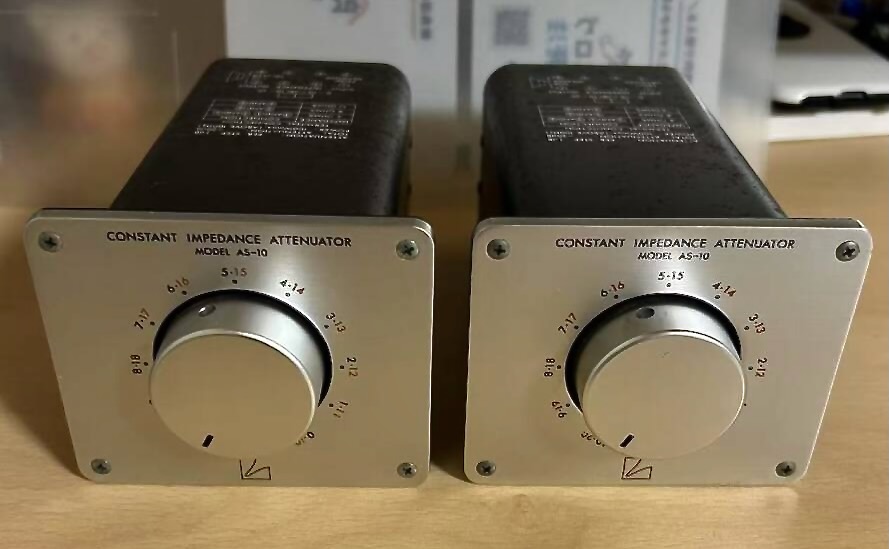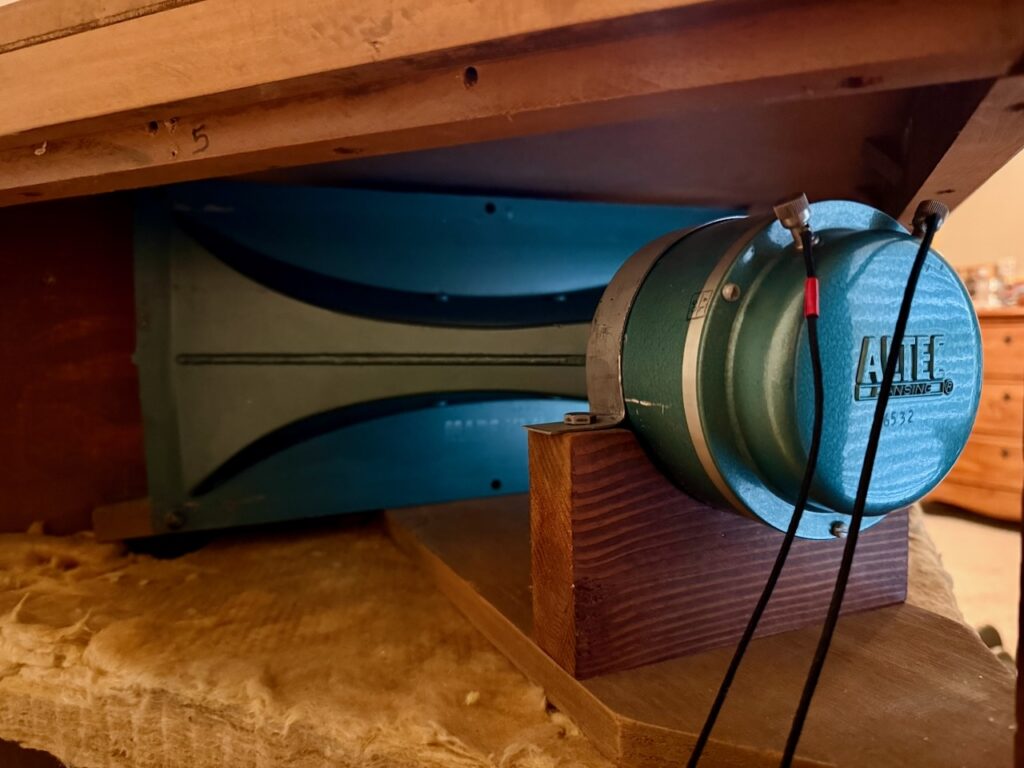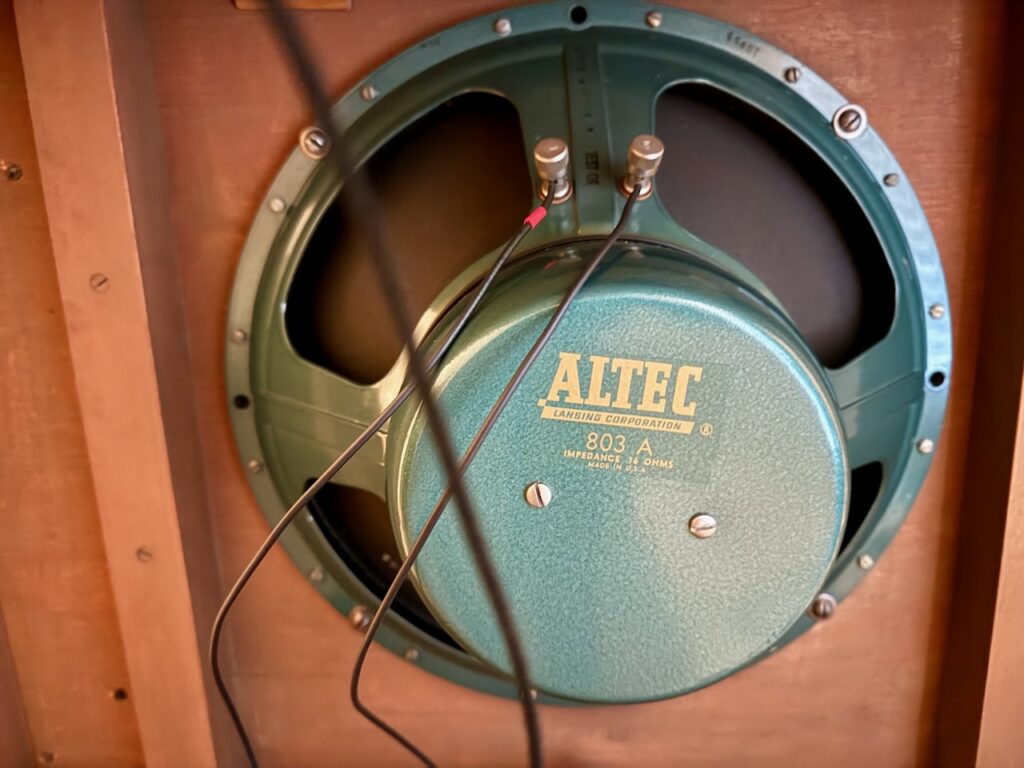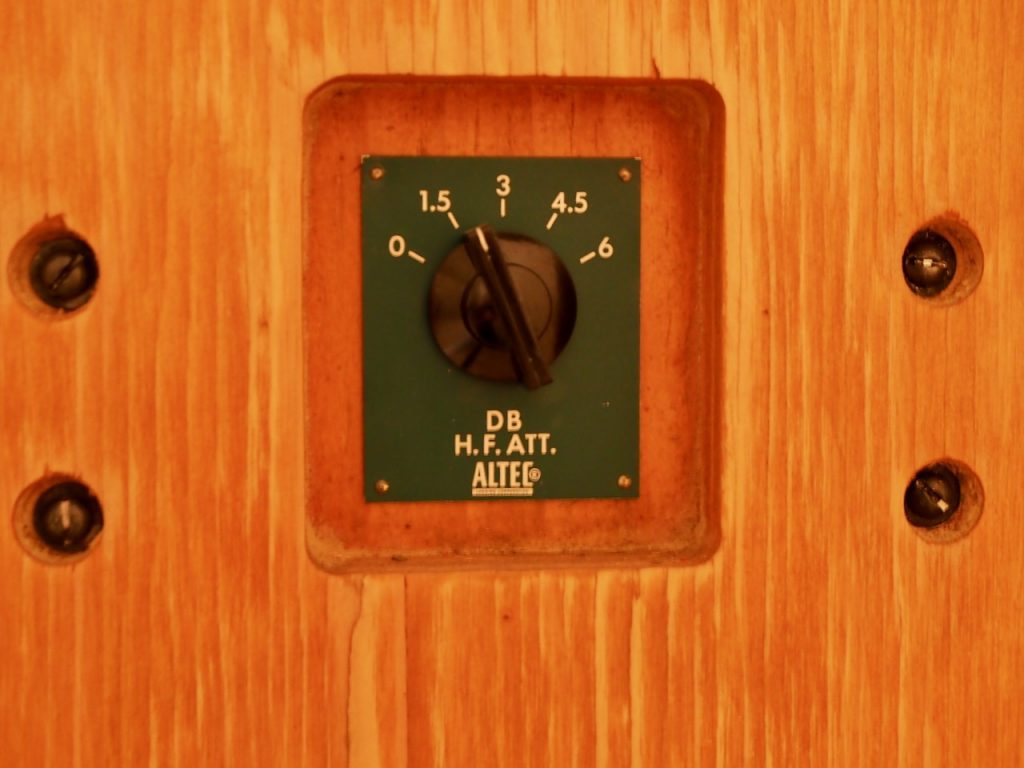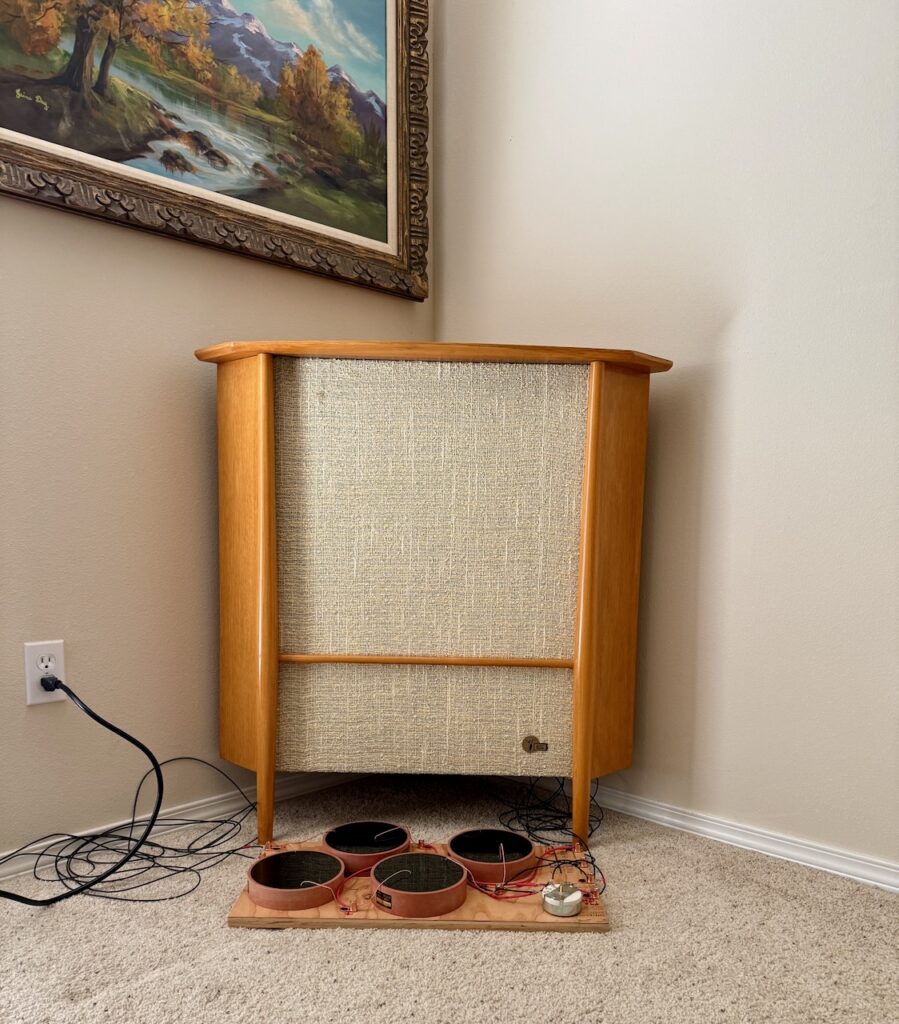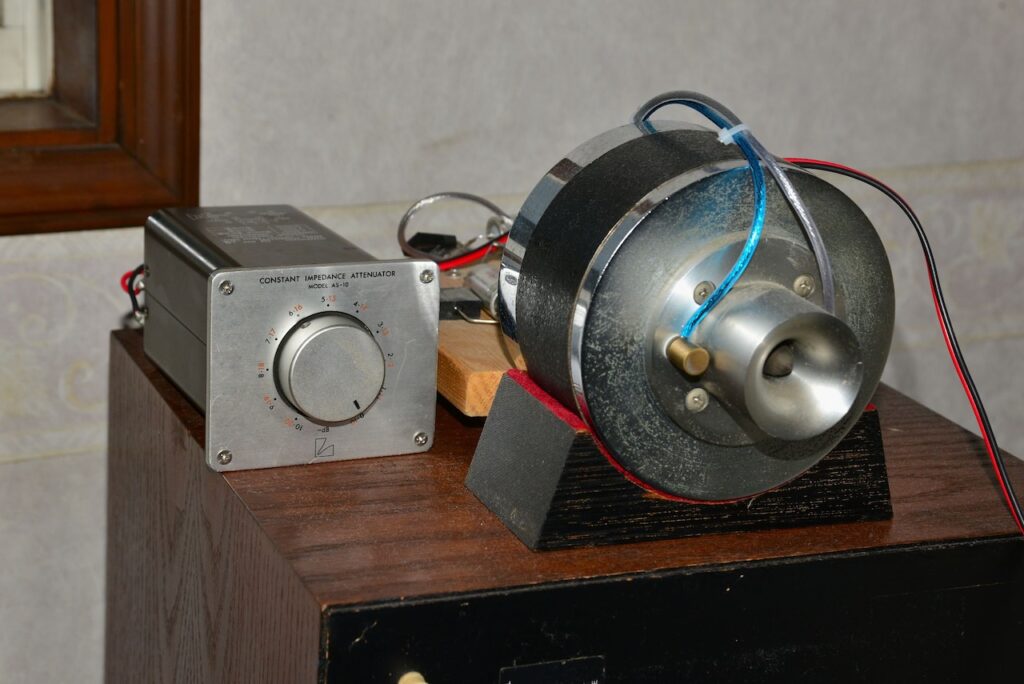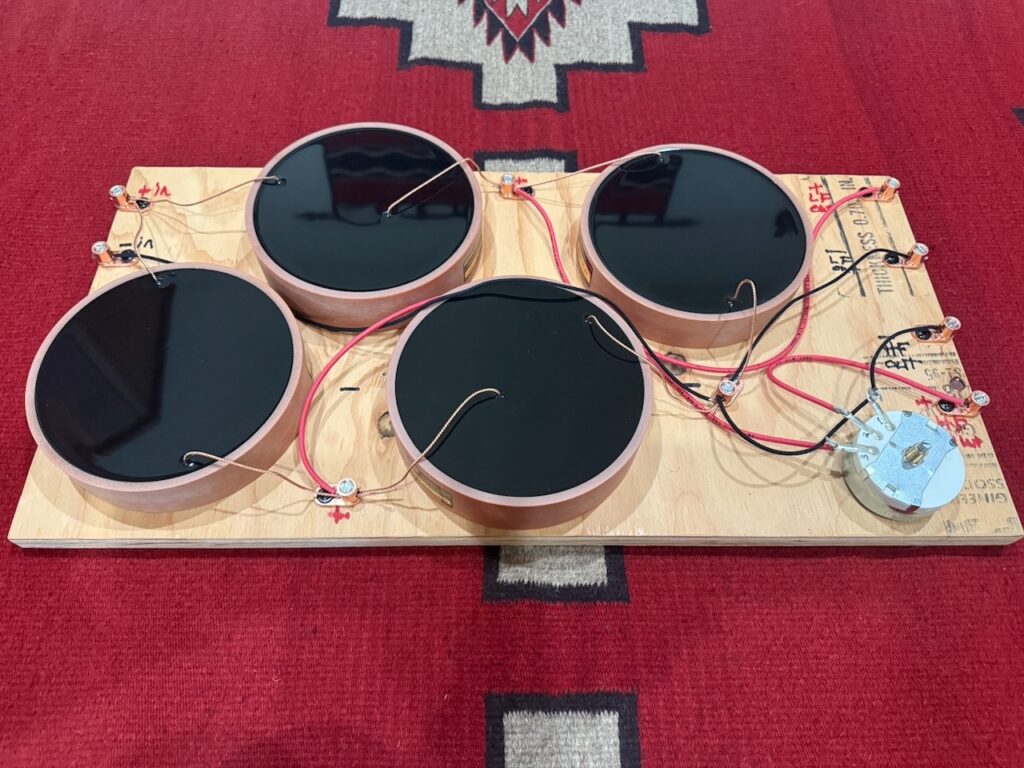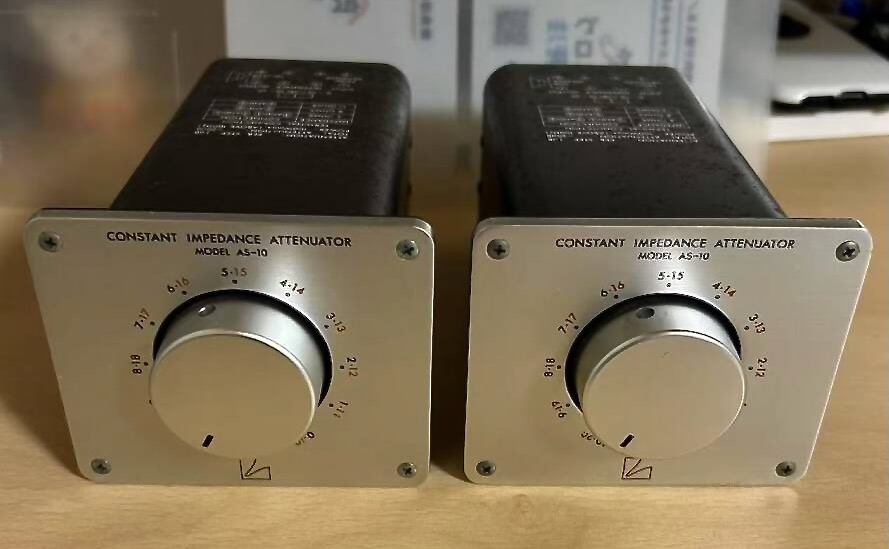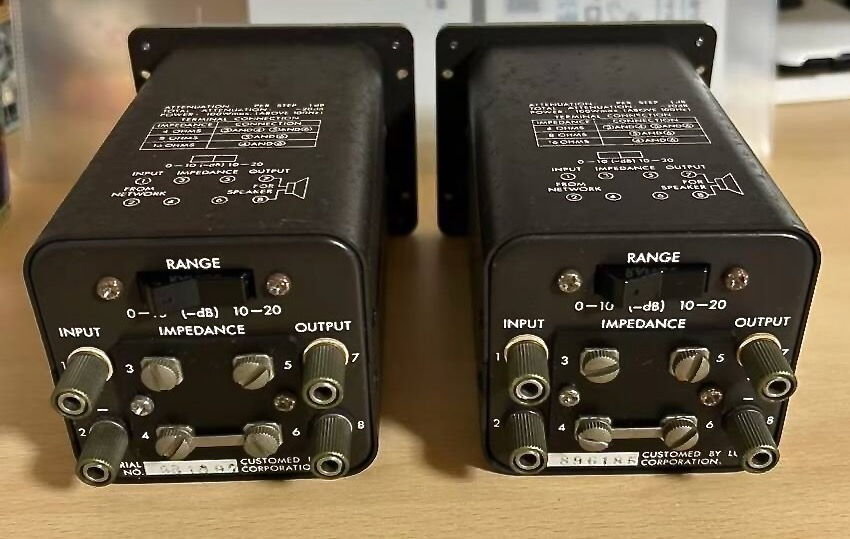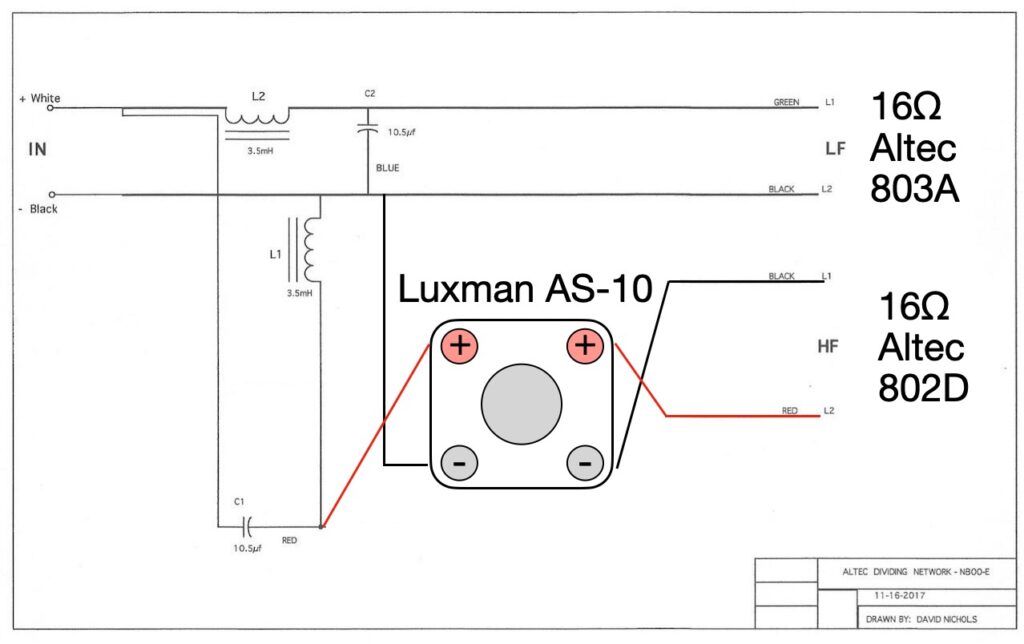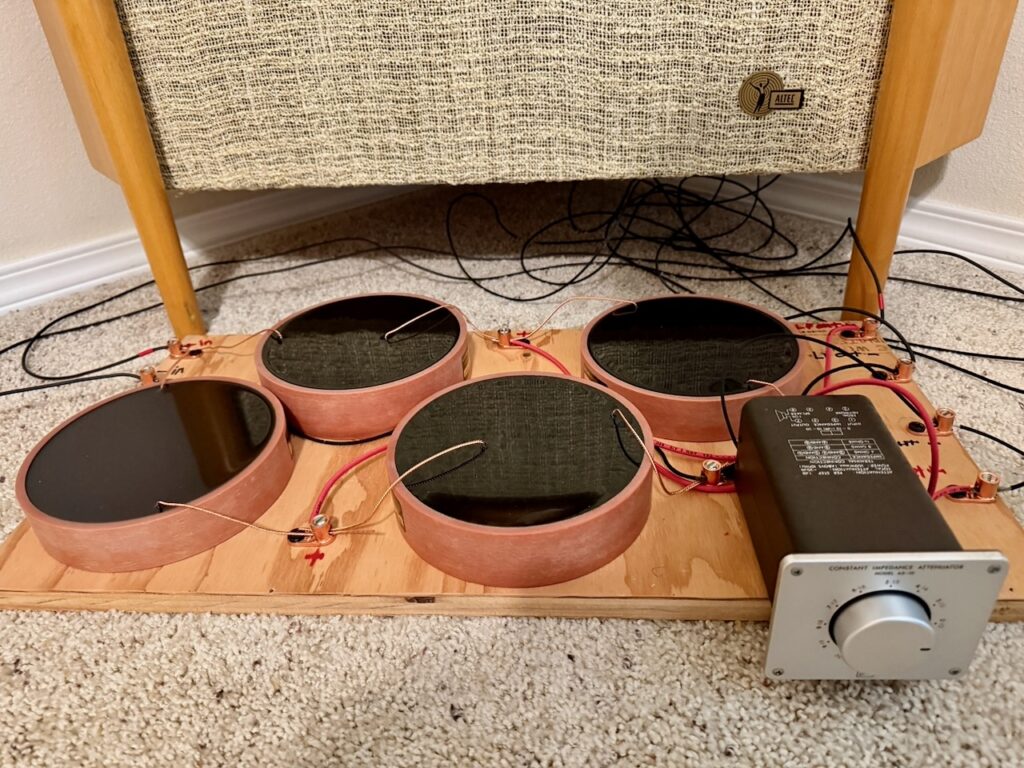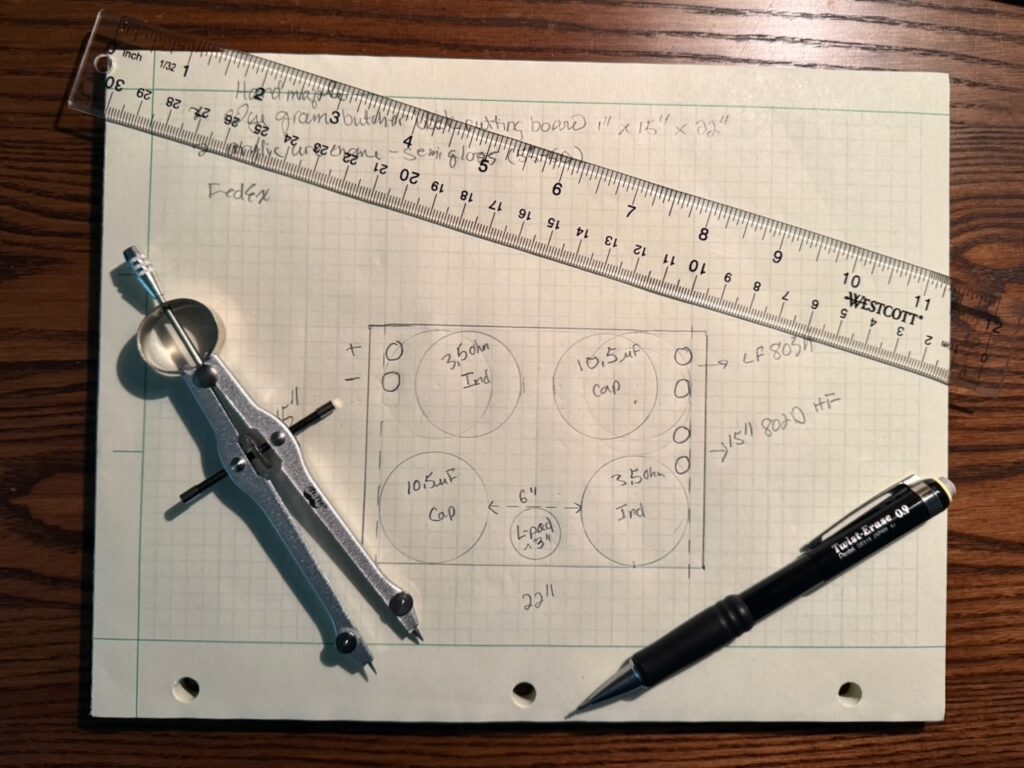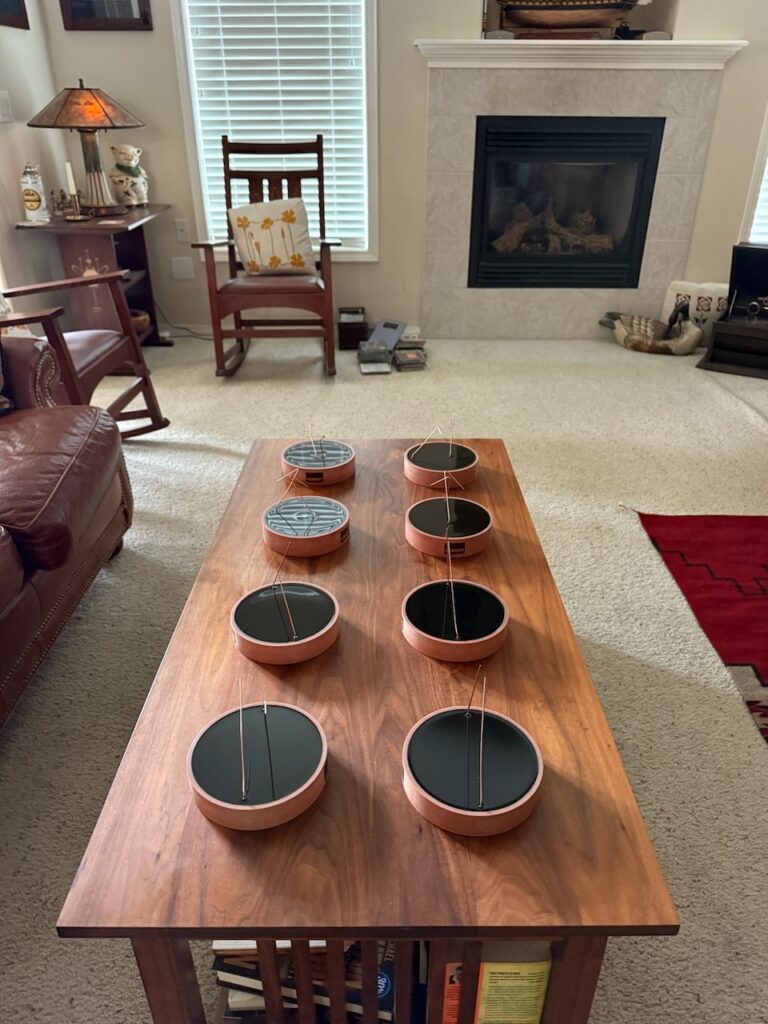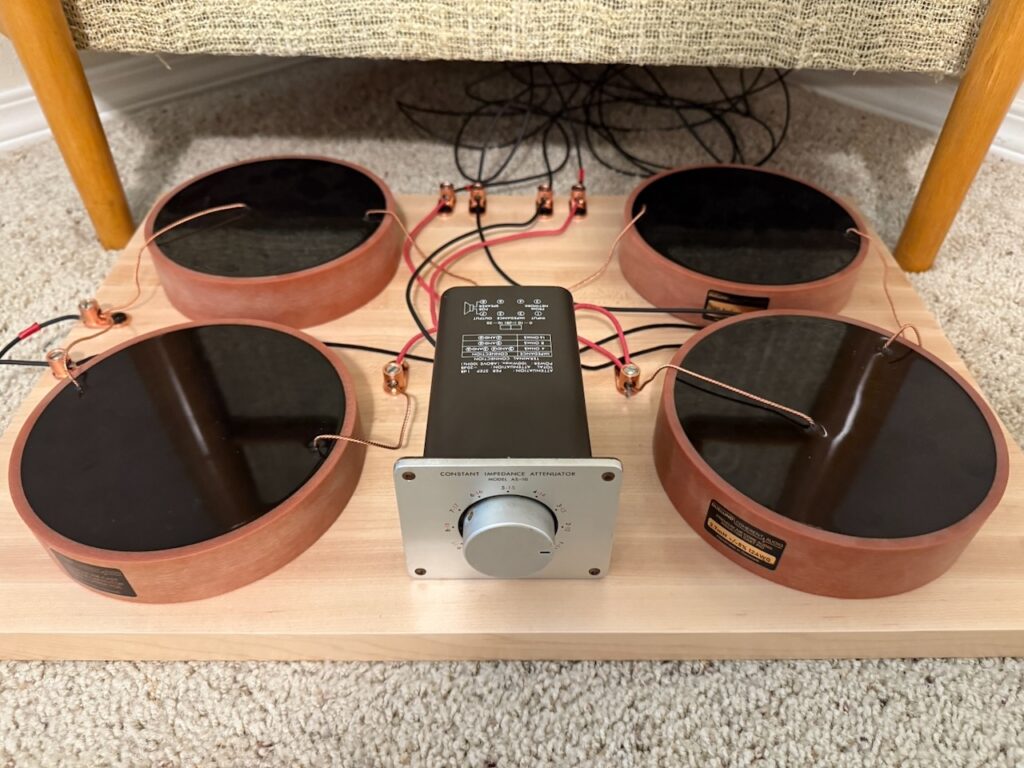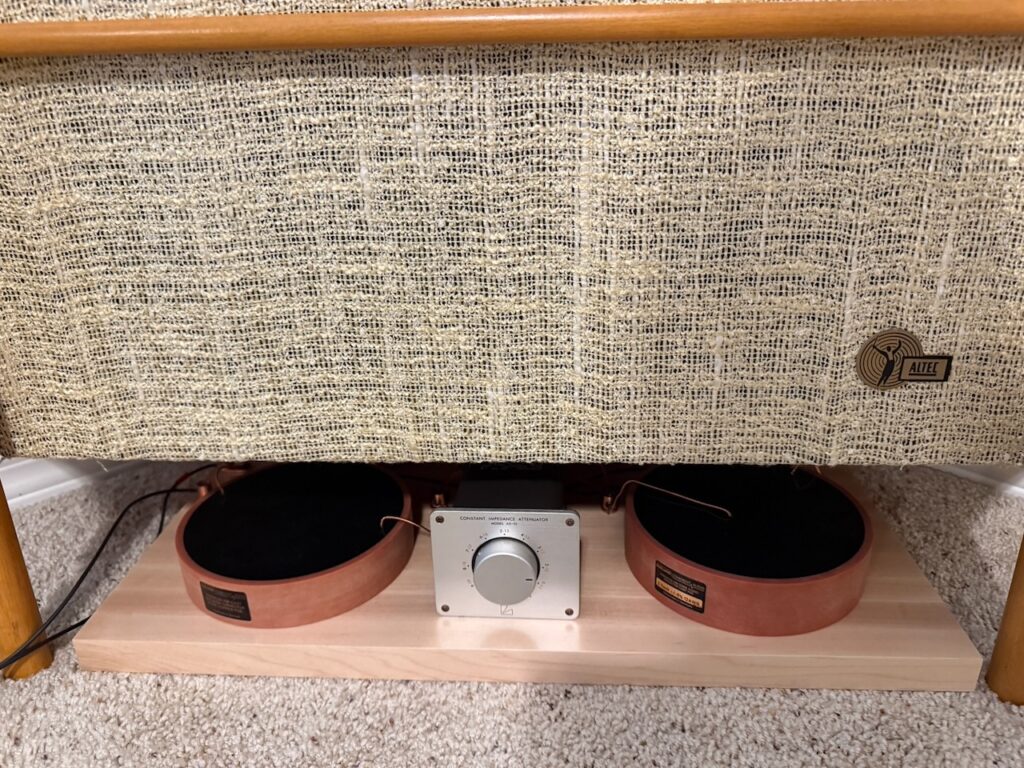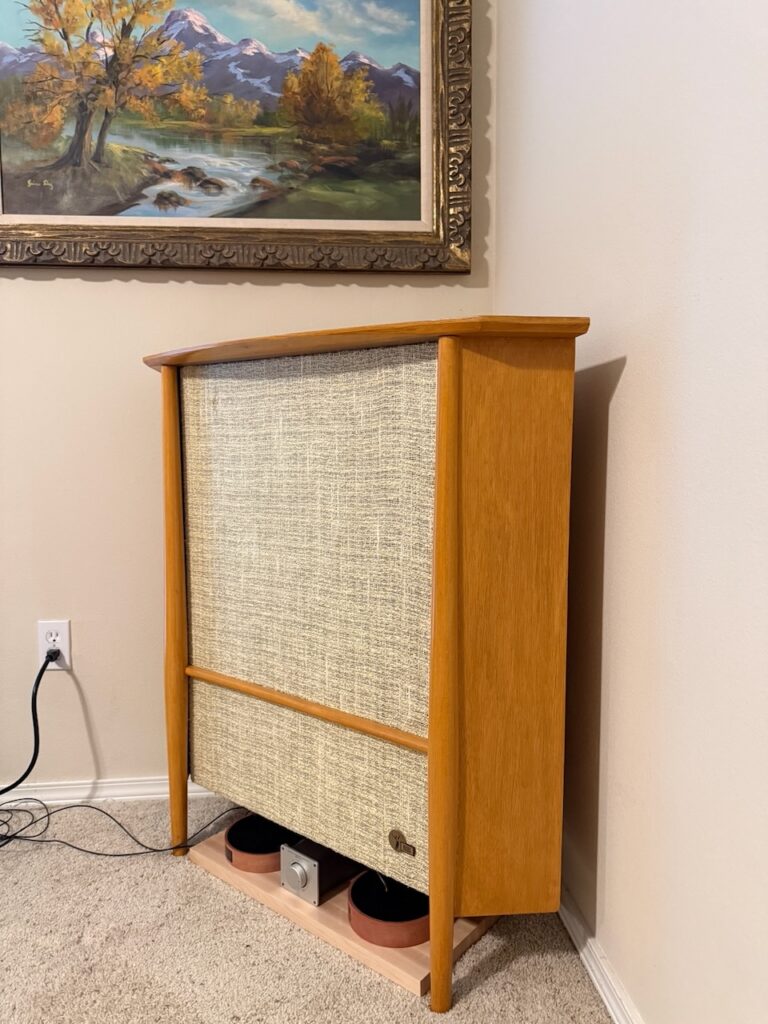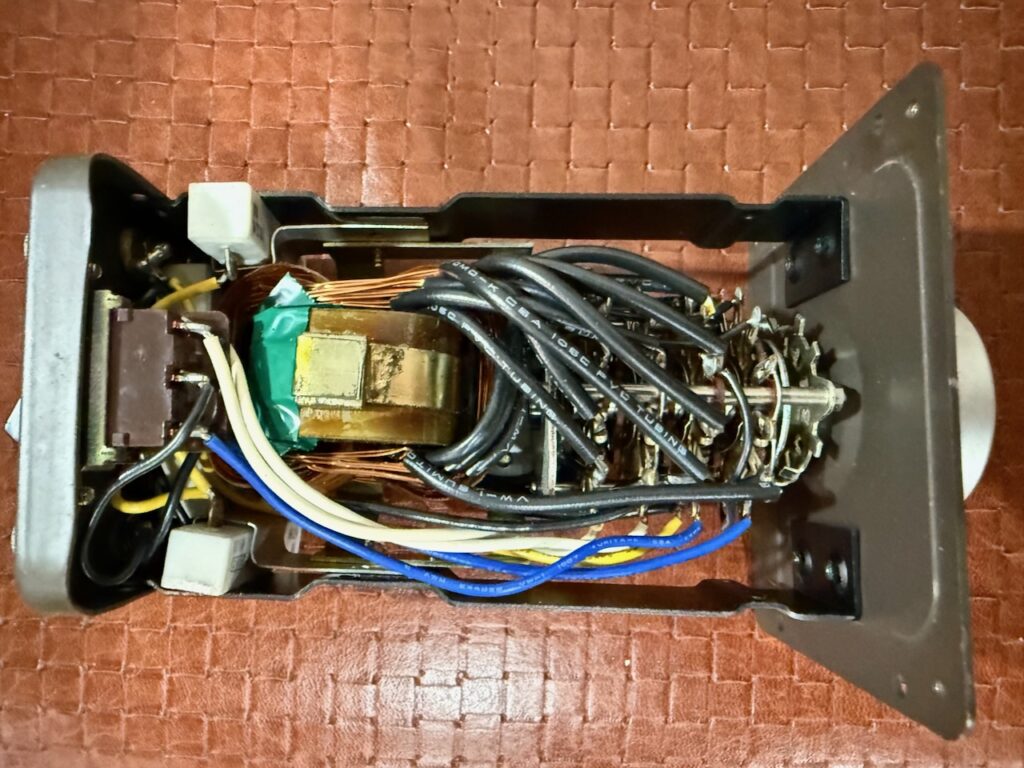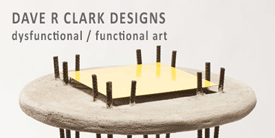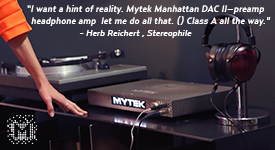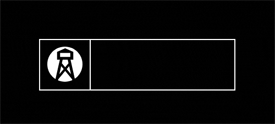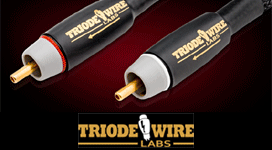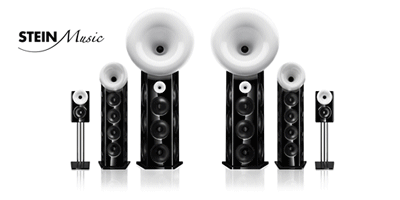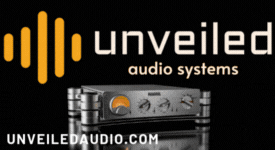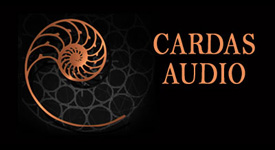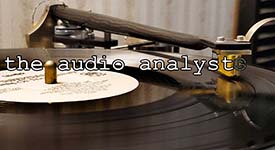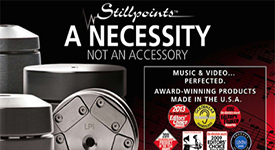"Today's Fresh Catch" is a bit of a misnomer when it comes to the Luxman AS-10 transformer-based constant impedance attenuators, as these are vintage audio products from the 1970s that were available primarily in the Japanese audio marketplace, and are not in production any more.
Above: Luxman AS-10 transformer-based constant impedance attenuators.
You might be wondering, "What the heck are transformer-based constant impedance attenuators?"
Good question! To answer that question let's first take a step back and look at the sensitivity of the low-frequency and high-frequency drivers used in typical two-way loudspeakers - like my Altec Corona 832A loudspeakers - that are the subject of the Duelund-Corona 832A Project.
Photo above: Altec 802D compression driver & Altec 811B HF horn.
High-frequency drivers like the Altec 802D compression drivers (above) have a higher sensitivity rating than low-frequency drivers like my Altec 803As (below).
Photo above: Altec 803A low-frequency driver - the king of Altec LF drivers!
To balance the energy output of the low & high-frequency drivers, a resistance network is included in the high-frequency crossover circuit to reduce the energy output of the 802D compression driver, which you can see in the N800E crossover schematic below.
Above: N800E crossover schematic courtesy of Great Plains Audio.
In the case of Altec N800E crossovers, instead of a fixed-resistor arrangement like most loudspeakers use, Altec used their pro-audio approach and built-in a variable resistance network that could attenuate the high-frequency drivers in 1.5 dB steps from 0 to 6 dB, so that the drivers could be balanced in various rooms, or to the listener's tastes.
Above: Altec N800E crossovers set to attenuate the HF by 1.5dB.
If one's loudspeakers were sounding a bit too bright and forward in a room, the listener could increase the attenuation of the high-frequency drivers to bring the sound quality back into balance.
Likewise, if the loudspeakers were sounding a bit too dull and laid back, one could decrease the attenuation of the high-frequency drivers to bring the sound quality back into a more natural sounding balance.
I had asked Pete Riggle (Pete Riggle Audio Engineering) for advice about the resistance network of the N800E crossover, and after doing some modeling Pete determined that the entire resistance network of the N800E crossover could be removed and replaced with a 16 Ohm L-pad, while still maintaining an adequate range of attenuation. Above: N800E crossover with L-pad replacing the resistance network.
Above: N800E crossover with L-pad replacing the resistance network.
So when I built the "breadboard" crossovers for the Duelund-Corona 832A Project, I built them according the schematic above, with 16 Ohm L-pads replacing the high-frequency resistance networks of the N800E crossovers.
Above: Altec Corona 832A loudspeaker with Duelund CAST pure copper capacitors & inductors in the breadboard crossover with HF attenuation using an L-pad.
About this time, Yazaki-san told me about the vintage Luxman AS-10 transformer-based constant impedance attenuators that he bought for his own loudspeakers, that he wanted to try instead of using a resistor network approach to attenuation.
Photo above: Luxman AS-10 transformer-based constant impedance attenuators for Yazaki-san's loudspeakers.
I was intrigued by Yazaki-san's approach, and as I talked with my audio pals around the world, most of them favored using transformer-based constant impedance attenuators instead of HF resistance networks or L-pads for attenuation, citing greatly improved sound quality.
Above: Duelund CAST copper breadboard crossovers with an L-pad for HF attenuation.
I found that replacing the stock Altec N800E resistance network with an L-pad worked quite well, sounded good, and allowed me to "tune" the high-frequency output so that it matched my room and listening preferences.
However, I could hear that the L-pad was reducing the level of musical information coming through in the HF circuit compared to what I was hearing in the LF circuit, which is a testimony to the transparency of the Duelund CAST pure copper capacitors and inductors.
The Luxman AS-10 transformer-based constant impedance attenuators were said to offer superior sound quality compared to L-pads, as the AS-10 utilizes transformers rather than resistors for attenuation, which preserves the original signal going to the HF drivers, instead of degrading it the way resistors would.
Above: Audio Note (UK) AN-S4 step-up transformer.
Here's a way to think about transformer-based attenuators: Most of you are familiar with using a step-up transformer (SUT) for moving-coil phonograph cartridges, like the AN-S4 SUT shown above.
The transformer in a SUT takes the minuscule signal output from the moving-coil cartridge and "steps it up" to a voltage that is usable by the phono preamplifier, while preserving all the nuance of that minuscule signal.
You can think of transformer-based attenuators as SUTs working in reverse, where they take an input signal and "step it down" to achieve a particular amount of attenuation, while preserving all the nuance of the original input signal.
One alleged big advantage of transformer-based attenuators like the Luxman AS-10 is that they eliminate the sound quality degradation due to the high-frequency resistor network (or L-pads) in the HF crossover circuit.
Another touted advantage of the Luxman AS-10 is it also maintains constant impedance, so that the input and output impedance remains consistent regardless of the attenuation setting.
So to sum up, the Luxman AS-10 reportedly allows the listener to change the volume output of the HF drivers without degrading the sound quality like a HF resistor network or L-pad would.
Photo: The Luxman AS-10 provides for 2 levels of 11 steps of attenuation: 0 to 10dB, and 10 to 20 dB.
I checked daily for listings of pairs of Luxman AS-10s for sale, but I didn't see any for sale for quite some time, as they are starting to be hard to come by. When I was about to give up on finding a pair of AS-10s, I found a pair for sale in Japan on eBay, and bought them.
I only need a maximum of 6 dB attenuation for the same range of attenuation that the original Altec N800E crossovers provided, and the Luxman AS-10 provides eleven 1 dB steps of attenuation in 2 selectable levels: 0 to 10dB, and 10 to 20 dB via their front panel rotary switches (above).
Photo: Rear panels of the Luxman AS-10s.
The Luxman AS-10 is a very user friendly design. If one needs a range of 10 to 20 dB of attenuation, the "range" switch at the top of the back panel is depressed to the right. If you need 0 to 10 dB of attenuation like I do, the switch is depressed to the left.
Notice the four screws in the center of the back panel labeled 3, 4, 5, and 6, as well as the jumper between 4 and 6. The AS-10 can accommodate 4 Ohm, 8 Ohm, and 16 Ohm drivers depending on where the jumper is positioned. When the jumper is positioned between 4 and 6 the AS-10 is setup for 16 Ohm drivers, like my vintage Altec drivers.
Notice the "input" binding posts on the left side of the AS-10s chassis, and the "output" binding posts on the right side of the chassis.
The positive lead from the HF crossover circuit connects to the top "input" binding post, and the negative lead to the bottom "input" binding post.
Then a positive wire from the top "output" binding post connects to the driver, in my case the Altec 802D compression driver, and a negative wire connects from the bottom "output" binding post.
Above: Luxman AS-10 replacing the N800E resistance network.
That's all there is to it. It takes longer to explain than it actually takes to hook everything up to the Luxman AS-10.
I love the user-friendly design of the Luxman AS-10.
Photo: "Breadboard" Duelund-Corona 832A Project crossover with the Luxman AS-10 transformer-based constant impedance attenuator installed.
After FedEx dropped off my Luxman AS-10s that had just arrived from Japan, I immediately unpacked them, then removed the L-pads from the HF circuit of the breadboard crossovers, and installed the AS-10s in their place.
As I queued up some music to play, I wondered if I would hear much difference between the Luxman AS-10s in the circuit and the L-pads.
When the music started to play I was absolutely floored by how much more musical information was coming through, and how real & natural it sounded.
The difference was not at all subtle between the Luxman AS-10s and the L-pads, the Luxman AS-10s absolutely stomped on the L-pads. The difference between the Luxman AS-10s and the L-pads was revelatory, and I was really taken by surprise by the magnitude of improvement.
The combination of the Duelund CAST pure copper capacitors & inductors in the crossovers' LF and HF circuits, with the Luxman AS-10s in the HF circuits for attenuation, resulted in a remarkable transformation of my vintage Altec Corona 832A loudspeakers.
The Corona 832As using the original Altec N800E crossover circuit layout, with the Duelund CAST pure copper capacitors & inductors, the Luxman AS-10s for HF attenuation replacing the HF resistor network, sound so real, so musical, so tonally correct, so dynamic, so beautiful, and feel so emotionally engaging that it just sends chills down my spine.
The one word that kept coming to mind as I listened was "purity." There was a tonal purity to the sound quality that made the music feel very real and live, or as Yazaki-san would say, "real sound."
Don Garber of Fi fame told me decades ago about the magic lurking inside vintage Altec loudspeakers - thank you so much Don, miss you my friend, RIP - and it never ceases to amaze me how astute those Altec engineers were in delivering designs that communicated the essence of the music listening experience.
The key to unlocking the full magic of those vintage Altec loudspeaker designs lies within their crossovers, which is why we vintage Altec aficionados go to such lengths in building fine quality crossovers for them with Duelund CAST components - Duelund sets the magic free!
Above: Leben CS-300F integrated amplifier.
The new Duelund CAST pure copper crossovers with the Luxman AS-10s also led to another realization.
The Leben CS-300F integrated amplifier that I am using to power my Corona loudspeakers is an absolutely brilliant match.
In fact I've never heard the Leben CS-300F integrated amplifier sound so good, so tonally natural, so emotive, so beautiful.
Like Louis Armstrong sang, "It takes two to tango," and the CS-300F found the right tango partner in the Duelund-Corona 832A Project loudspeakers, to deliver an exhilarating performance of "the dance of love."
Not only do top-quality crossovers improve your loudspeakers, but they also allow one to hear how good the components are upstream of the loudspeakers.
So now I am waiting for the completion of the new plinths for the Duelund-Corona 832A Project crossovers as the next step.
As I mentioned previously, I contacted Hardwood Lumber Company, and ordered a pair of hard maple, edge-grain plinths, in the dimensions I needed. The top surface of the plinths where the Duelund CAST components are mounted are going to be finished in a furniture quality acrylic polyurethane finish (semi-gloss).
Hardwood Lumber Company's woodworkers are craftsmen from their local Amish community, who apply great care to the quality & detail of whatever they build, and I think it's kind of a cool vibe to add that touch of Old World Amish craftsmanship to the project.
Once I get the plinths from Hardwood Lumber Company and build up the final version of the crossovers, I'll have to figure out what I'm going to do for the final wiring choice from the Altec 803A low-frequency drivers & the Altec 802D compression drivers to the Duelund CAST copper crossovers, as well as what internal wiring to use in the crossovers.
I'll have to ask Frederik what he thinks about wiring choices.
Above: Duelund CAST copper 3.5 mH inductors and 10.5 uF capacitors for the project.
The Duelund-Corona 832A Project is exceeding all of my expectations. It's a given that the Duelund CAST pure copper capacitors & inductors are going to be at the state-of-art in terms of sound quality and tone.
Above: vintage Luxman AS-10s.
In a bit of serendipity, I was able to find a pair of vintage Luxman AS-10s for sale that I could use for HF circuits attenuation, and they provided a level of performance that was well above what I was expecting, or even thought possible. Consider me impressed.
I also think it's a cool touch to have a little vintage-on-vintage action with the vintage Luxman AS-10s providing attenuation for the vintage Altec Coronas. It's a good vibe all around!
Dear Luxman: Please, please, please reissue the AS-10 transformer-based constant impedance attenuators. I promise to buy two more pairs of them from you for my other Altec loudspeakers if you reissue them.
I had no idea that my vintage Altec Corona 832A loudspeakers were capable of such a lofty level of performance, both in terms of sound quality, and more importantly, their ability to deliver that Midas touch of intense emotional engagement from the music. I'm completely gobsmacked!
Update
My pair of hard maple, edge-grain plinths, arrived from Hardwood Lumber Company. Like usual, the Amish woodworkers did a beautiful job on them.
Above: the new hard maple, edge-grain, plinths with components installed.
I transferred over the components to the new plinths.
Above: new crossovers in position under the Coronas.
When I laid out the dimensions for the plinths, the idea was that I would be able to slide them under the Corona loudspeakers so they would be out of the way, while still providing easy access to the attenuation adjustment rotary dial of the Luxman, and of course I still wanted to be able to see those beautiful Duelund CAST copper inductors & capacitors.
Above: components transferred over to the new plinths.
Above: crossover peeking out from under the Corona's cabinet.
Above: side view of the Corona loudspeaker with the Duelund CAST crossover.
I thought you might like to see the inside of the Luxman AS-10 transformer-based constant impedance attenuator (below).
Above: Inside the Luxman AS-10.
It's a little hard to tell in the photo, but the Luxman is built to an impressive level of quality. You can see the transformer towards the left of the photo. The area to the right with all the black wires is the rotary switch that selects different transformer taps for attenuation.
While I had the Luxmans open, given that these are vintage products that came from a humid environment, I went ahead and applied a tiny amount of Caig DeoxiT to each of the contact points for the transformer taps, one by one. The contact points on the transformer taps can get noisy over time, particularly if they have been set at one attenuation setting for a long time, so a little DeoxiT cleans up the contact points, improves the connection's conductivity, and makes for a nice improvement in the action of the selector switch, but more importantly, the sound quality improves.
I used a very small flat-blade screwdriver, put a tiny dab of DeoxiT on its tip, and carefully applied it to the contact points, one by one. It is a bit tricky and tedious to do, due to how tightly everything is packed inside the AS-10s, but well worth the effort.
Caig says about DeoxiT, "... contact/connector treatment dissolves oxides and sulfides that form on metal surfaces. This restores the contact’s integrity and leaves a thin microscopic layer that protects the metal. Special additives improve conductivity and prevent dissolved oxides from re-attaching, keeping them in suspension and allowing them to be easily dispersed by the mechanical action of the contact."
After applying the Caig DeoxiT treatment, I rotated the selector dial through all the attenuation settings a dozen or so times and noticed that the action became buttery smooth. After installing the Luxmans back into the crossovers, I noticed that each attenuation setting was dead quiet and provided a noticeable improvement in sound quality across their range.
The next steps are to finalize the wiring of the crossovers & loudspeakers, and to provide secure mounts for the Duelund CAST copper inductors & capacitors, and to put vibration damping pads underneath the Luxmans.
Ok, that's all for now, but with much more to come.
As always, thanks for stopping by, and may the tone be with you!
Previous Articles In This Series
- A new audio DIY project announcement: The Duelund-Corona 832A Project! HERE.
- Today's Fresh Catch: Capacitors & Inductors for the Duelund-Corona 832A Project! HERE.
- The Duelund-Corona 832A Project: The resistance network! HERE
- The Duelund-Corona 832A Project: Project primer & the Duelund CAST Air-Core Inductors! HERE
- Jeff Checking In: Audio Note (UK) M8 RIAA & AN-S8L SUT, Duelund-Corona Project, Ortofon SPU GTX S phono cartridge, and more! Go to page 2. HERE
- The Duelund-Corona 832A Project: bedding-in revelations! HERE
- Jeff Checking In: Audio Note (UK), The Duelund-Corona 832A Project, Gold Note DS-10 EVO DAC & PSU-10 EVO, and the Ortofon SPU GTX S! HERE

